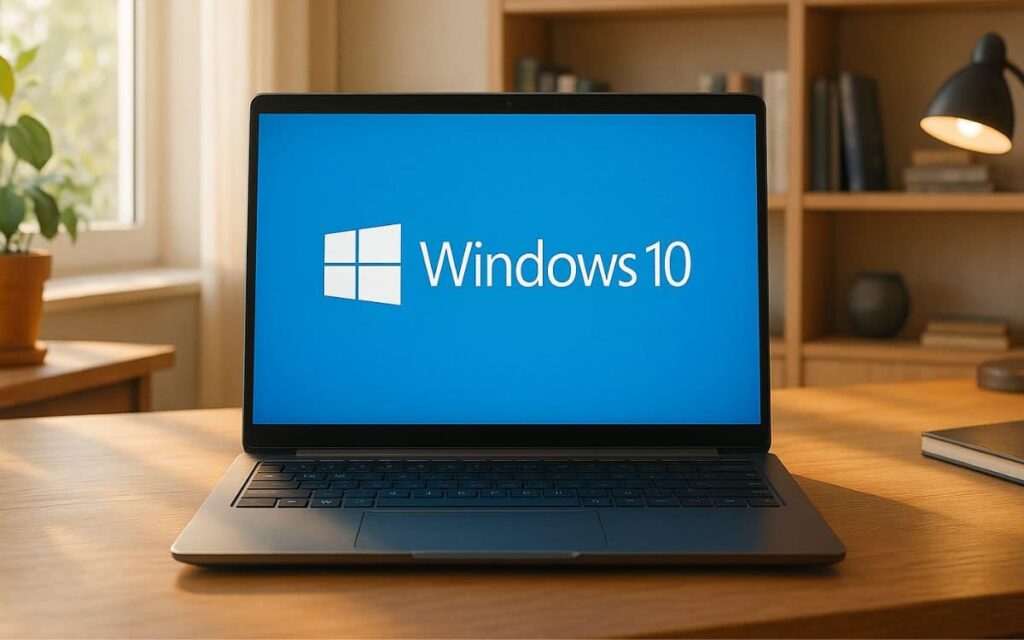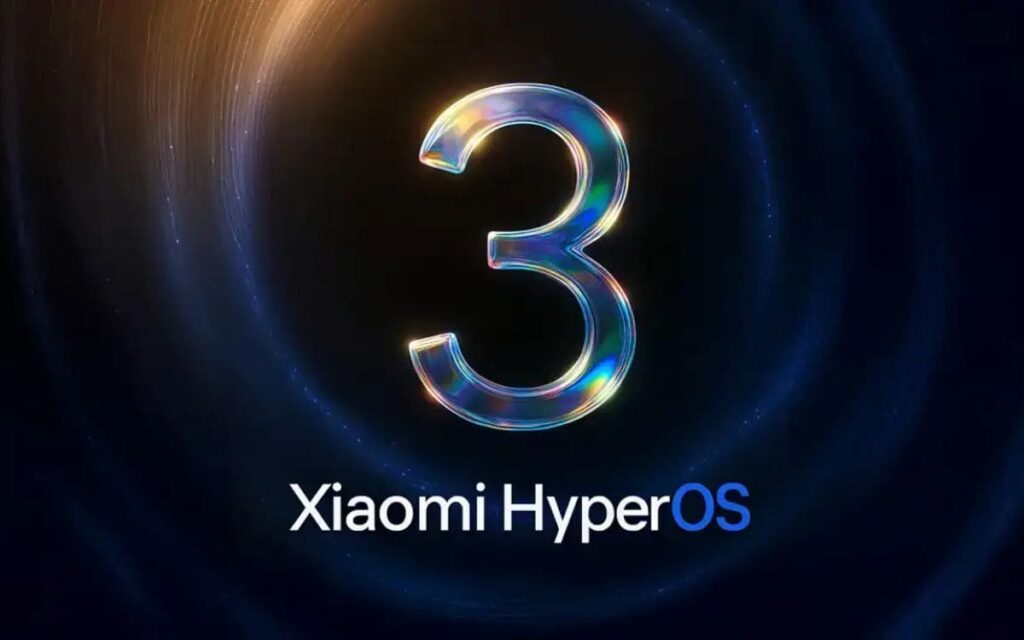In an urgent response, Microsoft has released the KB5072653 patch less than 24 hours after introducing the Extended Security Updates (ESU) program for Windows 10. This marks a rocky start for the extended support of the operating system, which is now officially retired.
Although Windows 10 has officially ended its support, Microsoft continues to offer extended security updates as Microsoft Defender alone is not sufficient. For European users, there is some good news as the Redmond company is providing one year of support. However, this ESU program is already facing issues, with recurring failures in installing the KB5068781 update.
Microsoft in a panic after a critical bug on Windows 10 ESU
The KB5072653 update thus addresses installation issues for some users’ PCs. However, there are several requirements to qualify for this patch on your Windows 10 PC, especially as the end of support benefits competitors like Linux. The machine must run Windows 10 version 22H2 or higher, possess a valid ESU license, and have installed the October Patch Tuesday update under reference KB506791. Once KB5072653 is installed, users must manually check for updates via Windows Update to retrieve and install the November security patch that triggered these bugs and proved to be faulty.
However, this patch does not work for everyone. System administrators are still reporting anomalies in centralized management tools like Windows Server Update Services and System Center Configuration Manager. These platforms do not always recognize PCs awaiting the ESU update, complicating the tracking of large-scale deployments for IT infrastructures.
Other users still affected despite the patch
Microsoft has already announced a forthcoming update to ScanCab to correct the metadata. The Redmond company clearly states that the detection system for ESU updates still requires adjustments before it can function stably in all business environments.
As Microsoft heavily pushes towards Windows 11, the company cannot afford for its first ESU update to be mired in technical issues. It is worth noting that outside of European users who benefit for one year, this service is charged for each workstation in companies. Thus, there is immense pressure on Microsoft to ensure optimal installation from the launch of the ESU program. Organizations have financially invested in this extended support and therefore expect immediate reliability, which is entirely reasonable.




